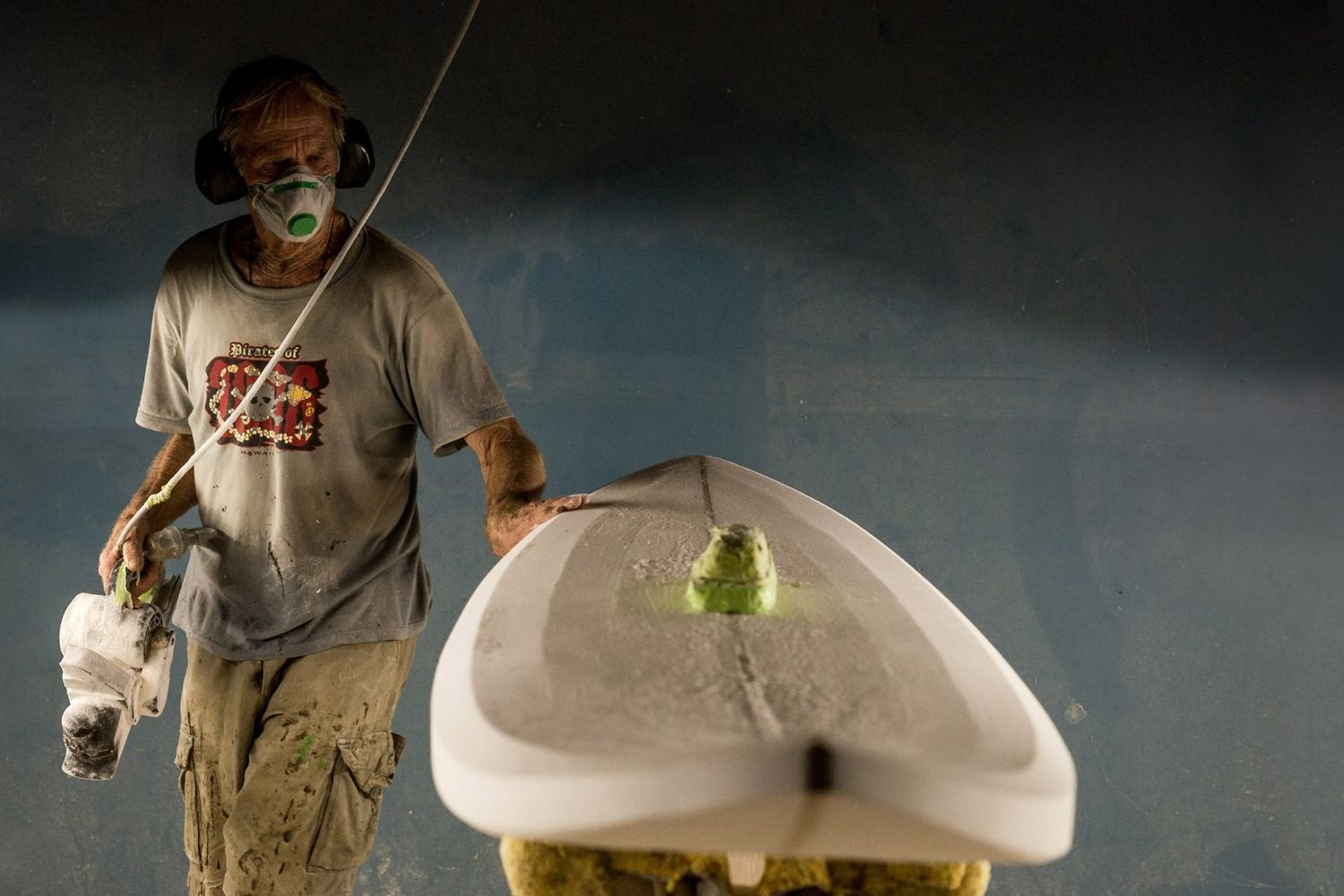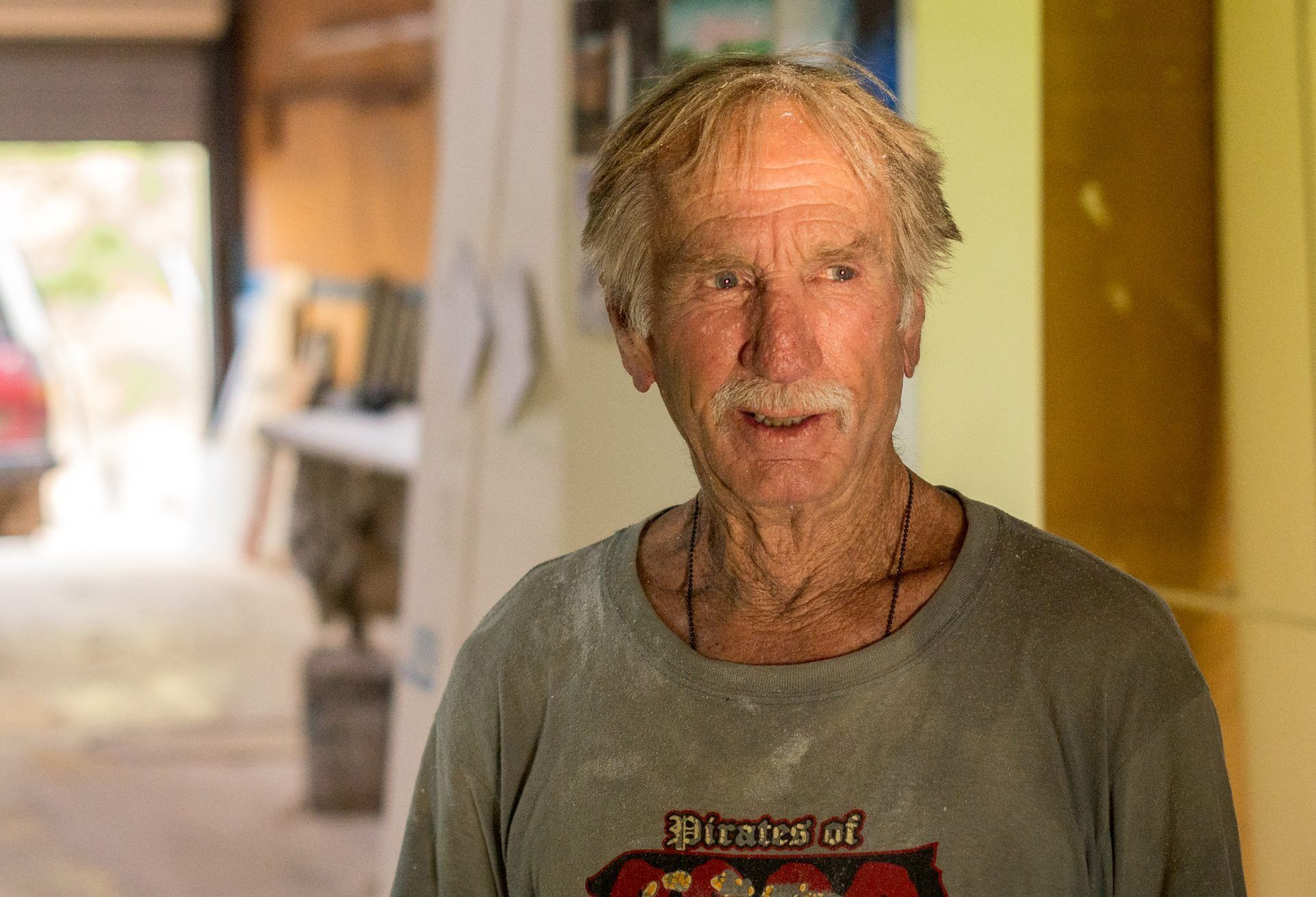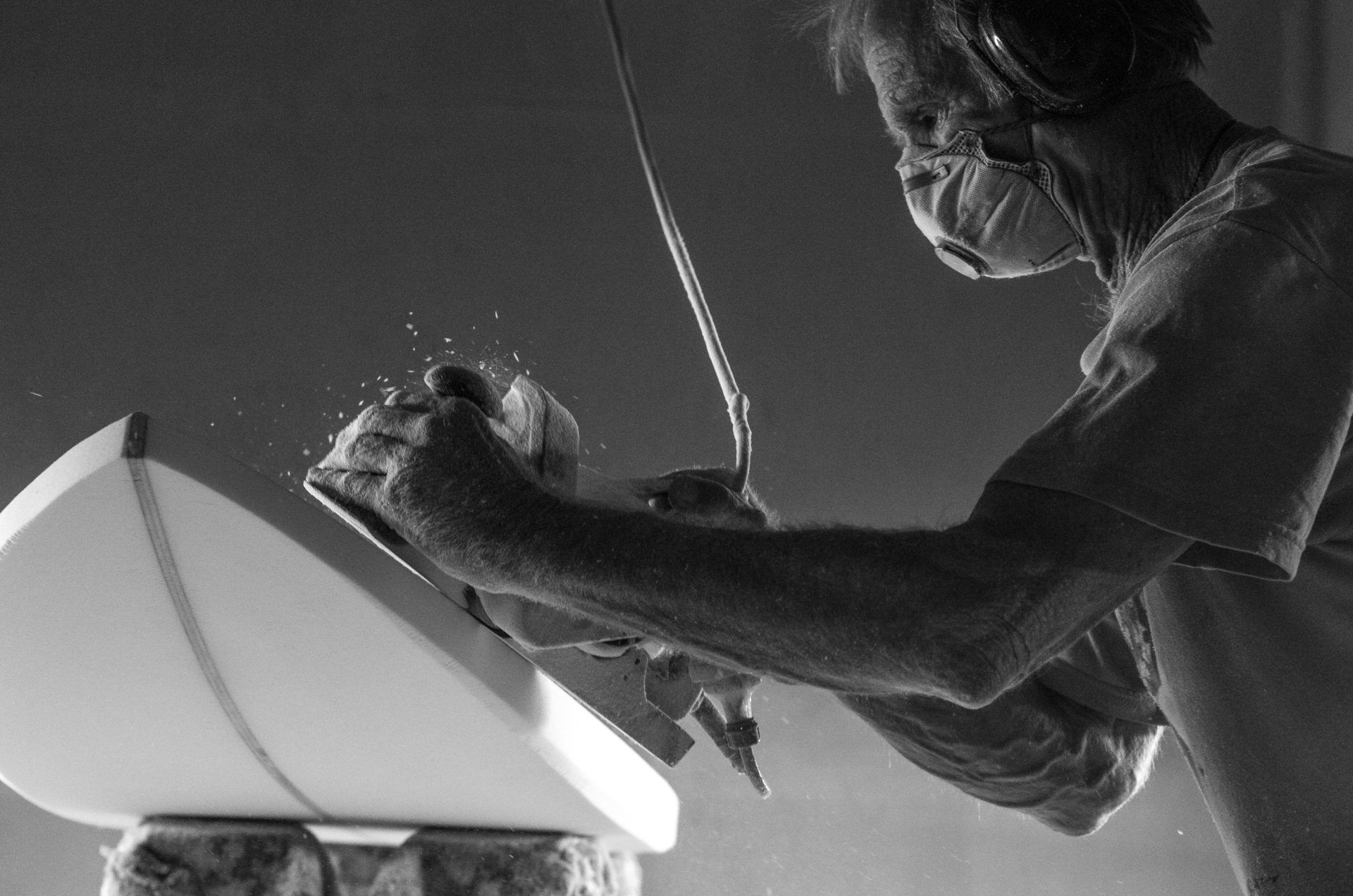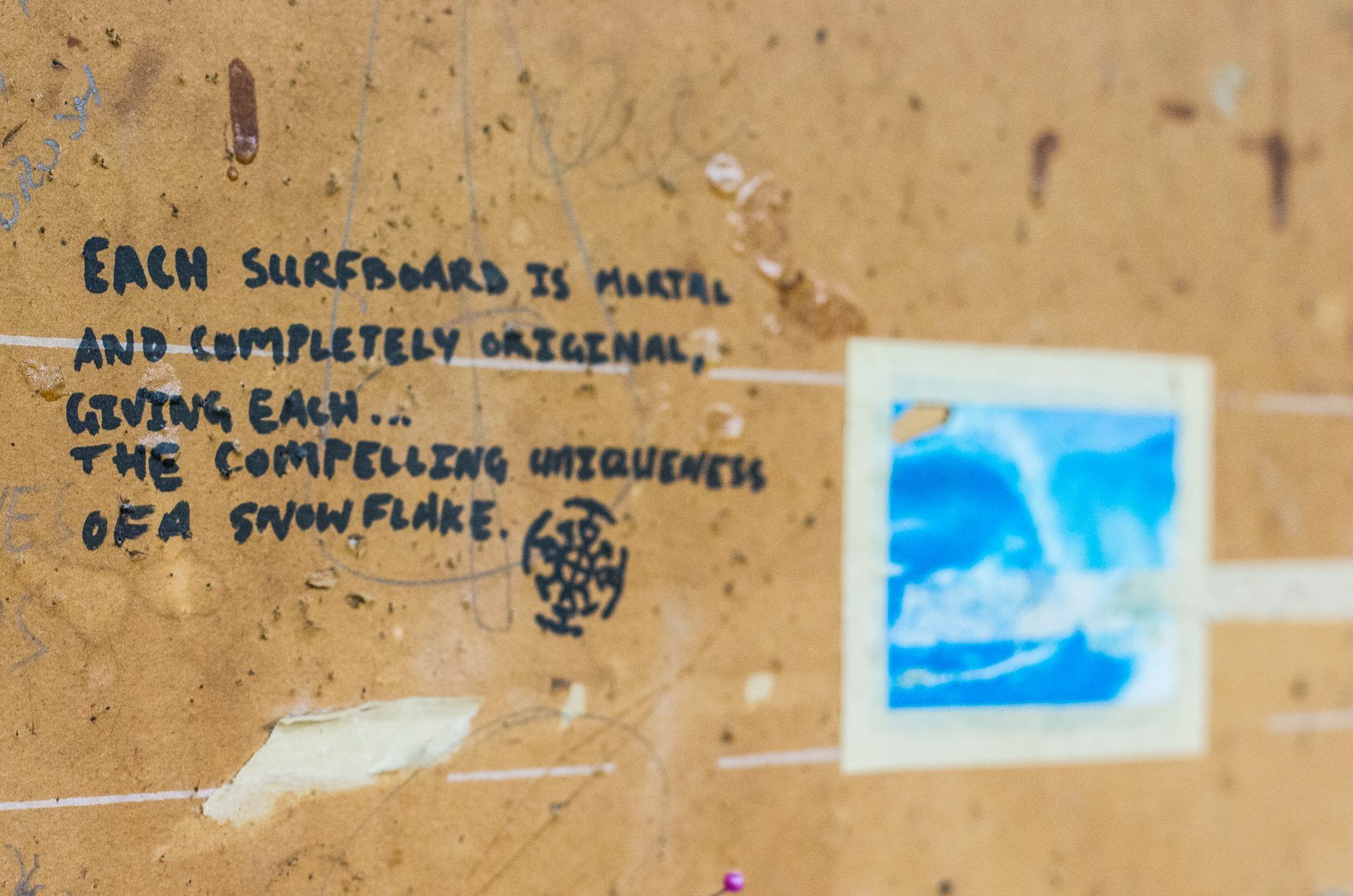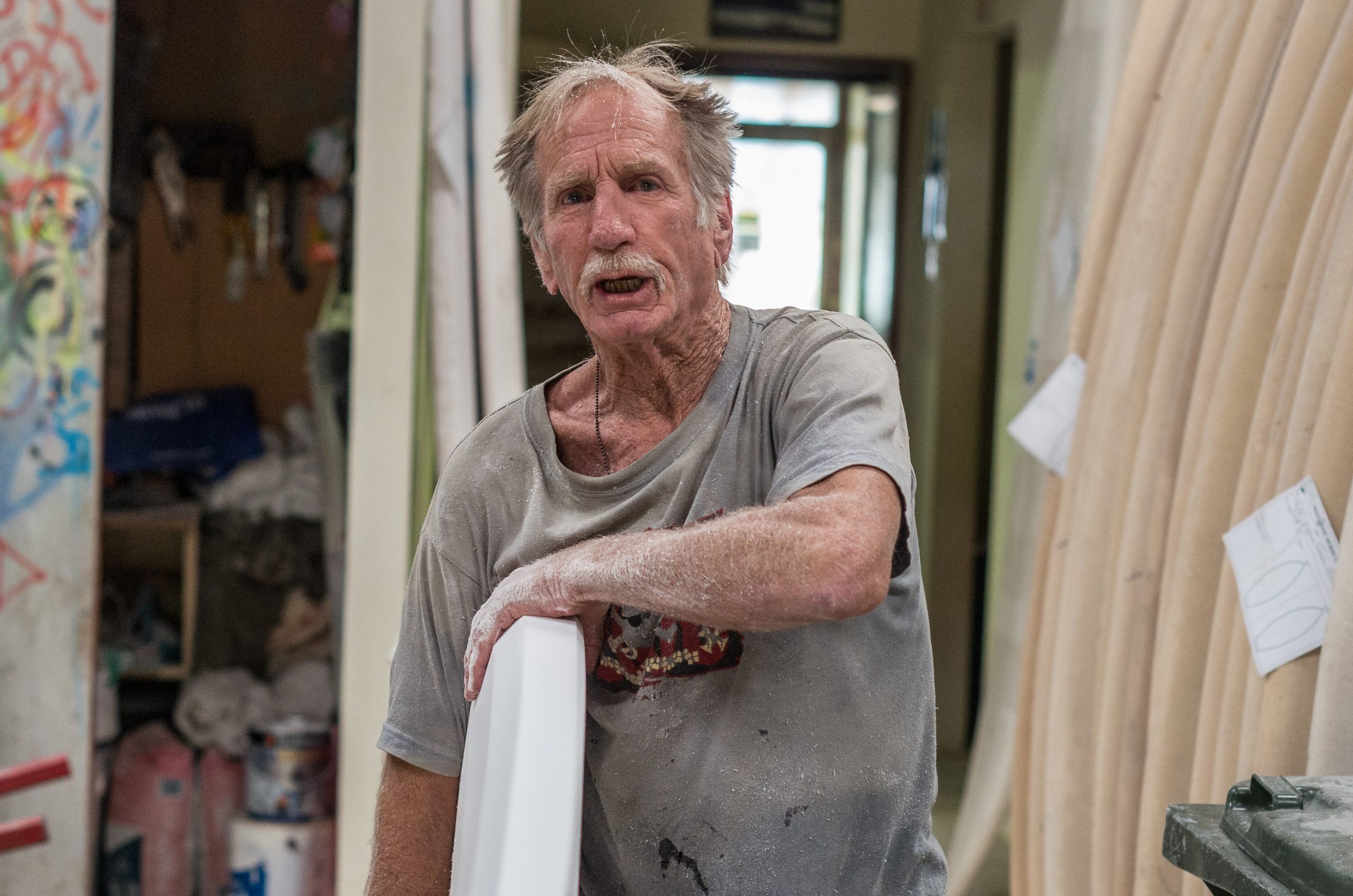One winter day in 2005, Tom and his mate Rob Mansell-Ward went to Sugarloaf Rock. A six-and-a-half metre swell was running. Tom wanted to watch the waves. “There was water on rocks that I’d never seen wet before,” Tom recalls. “We went right up the top and watched for close to an hour. We were getting ready to go and there were two big waves on the outside. They were about 1,000 yards out. When they got to 500 yards out the rock just seemed like it shrunk.
“We could have run back off the rock and saved ourselves, but it didn’t read that way. It looked like all the others. Then a heartbeat before it hit the rock, we realised two 20-feet swells had doubled up together. I knew I was going to get wet, but I was a rabbit in the headlights.
“The wave hit the ledge and exploded. Then I got hit with eight feet of green water going sideways. It just wiped the rock. Rob was higher than me and had time to lay down and lock onto the rocks.” But Tom didn’t. The wave washed him down 60 vertical feet of cliff, and when it passed, he found he was wedged into a rock a metre above sea level.
“I felt I didn’t fall that far. But I turned around and I was 100 feet from where I started. I was conscious. The ocean looked like it was gonna come get me. I knew I had to get up and leave instantly. That was when I looked at my leg.”
Tom’s right leg was horribly mangled. He had snapped the tibia and fibula, and there was bone sticking out through the skin. His foot was bent around 180 degrees. He couldn’t move, but if he didn’t, death was almost guaranteed. Rob stated the obvious – they had to get out of there. Tom filled him in on his injuries, but his mate couldn’t see a way to get to him.
“If I went off the edge, I was dead,” Tom recalls. “They would’ve found me three months later eaten by crabs.” Fortunately, there was a lull and, with Rob’s help, Tom dragged himself back up the cliff. A rescue helicopter flew him to Perth. Surgeons reconstructed Tom’s leg with bolts and a 20mm titanium rod, but the climb up had seriously damaged nerves. It took 13 months to heal – and Tom’s surfing capabilities never fully recovered.
His passion, however, remains immutable. You can see him paddling some days at Southsides. It doesn’t matter if he can’t ride waves the way he used to, he’s still stoked to get in the water when he can. “Jeez, I’m 74-years-old, and my passion hasn’t flickered from the day I started.” he says. “It’s a pretty amazing thing, surfing. It never leaves you.
